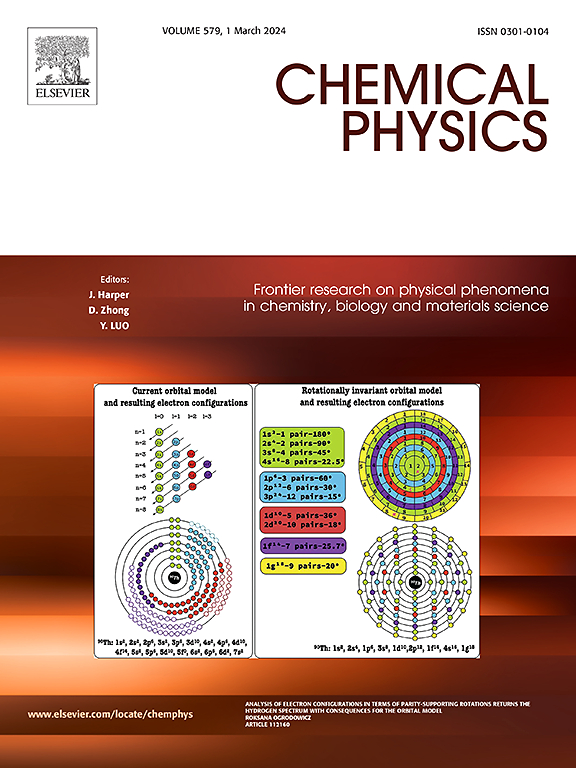ZnI2/SnS2 van der Waals heterojunction: A high-efficiency direct Z-type photocatalyst for overall water-splitting predicted from first-principles calculation
IF 2
3区 化学
Q4 CHEMISTRY, PHYSICAL
引用次数: 0
Abstract
The structural, electronic, optical and photocatalytic characteristics of ZnI2/SnS2 heterojunction have been investigated utilizing first-principles calculation. The ZnI2/SnS2 heterojunction is an indirect bandgap (2.08 eV) semiconductor with type-II energy band arrangement, facilitating the separation of photogenerated carriers and improving the utilization of solar energy. The charge transfer from ZnI2 layer to SnS2 layer is 0.031 |e| and forms a built-in electric field, which accelerates the separation of photogenerated carriers. The ZnI2/SnS2 heterojunction has excellent optical properties in the visible light range with a solar-to‑hydrogen conversion efficiency of 28.7 %. The applied biaxial strain can effectively modulate the electronic structure of the ZnI2/SnS2 heterojunction. The O2 evolution half reaction is always taken place in the biaxial strain range from −6 % to 6 % and any pH values. While the H2 evolution half reaction can be taken place in the biaxial strain range from −6 % to 6 % in acidic environment.

从第一性原理计算预测的高效直接z型光催化剂:ni /SnS2 van der Waals异质结
利用第一性原理计算研究了铌/SnS2异质结的结构、电子、光学和光催化特性。该异质结是一种间接带隙(2.08 eV)半导体,具有ii型能带排列,有利于光生载流子的分离,提高了太阳能的利用率。从ZnI2层到SnS2层的电荷转移量为0.031 |e|,并形成内置电场,加速了光生载流子的分离。该异质结在可见光范围内具有优异的光学性能,太阳-氢转换效率为28.7%。施加的双轴应变可以有效地调制ZnI2/SnS2异质结的电子结构。在- 6% ~ 6%的双轴应变范围和任意pH值下,O2析出半反应均发生。而在酸性环境下,在- 6% ~ 6%的双轴应变范围内可发生半反应。
本文章由计算机程序翻译,如有差异,请以英文原文为准。
求助全文
约1分钟内获得全文
求助全文
来源期刊

Chemical Physics
化学-物理:原子、分子和化学物理
CiteScore
4.60
自引率
4.30%
发文量
278
审稿时长
39 days
期刊介绍:
Chemical Physics publishes experimental and theoretical papers on all aspects of chemical physics. In this journal, experiments are related to theory, and in turn theoretical papers are related to present or future experiments. Subjects covered include: spectroscopy and molecular structure, interacting systems, relaxation phenomena, biological systems, materials, fundamental problems in molecular reactivity, molecular quantum theory and statistical mechanics. Computational chemistry studies of routine character are not appropriate for this journal.
 求助内容:
求助内容: 应助结果提醒方式:
应助结果提醒方式:


